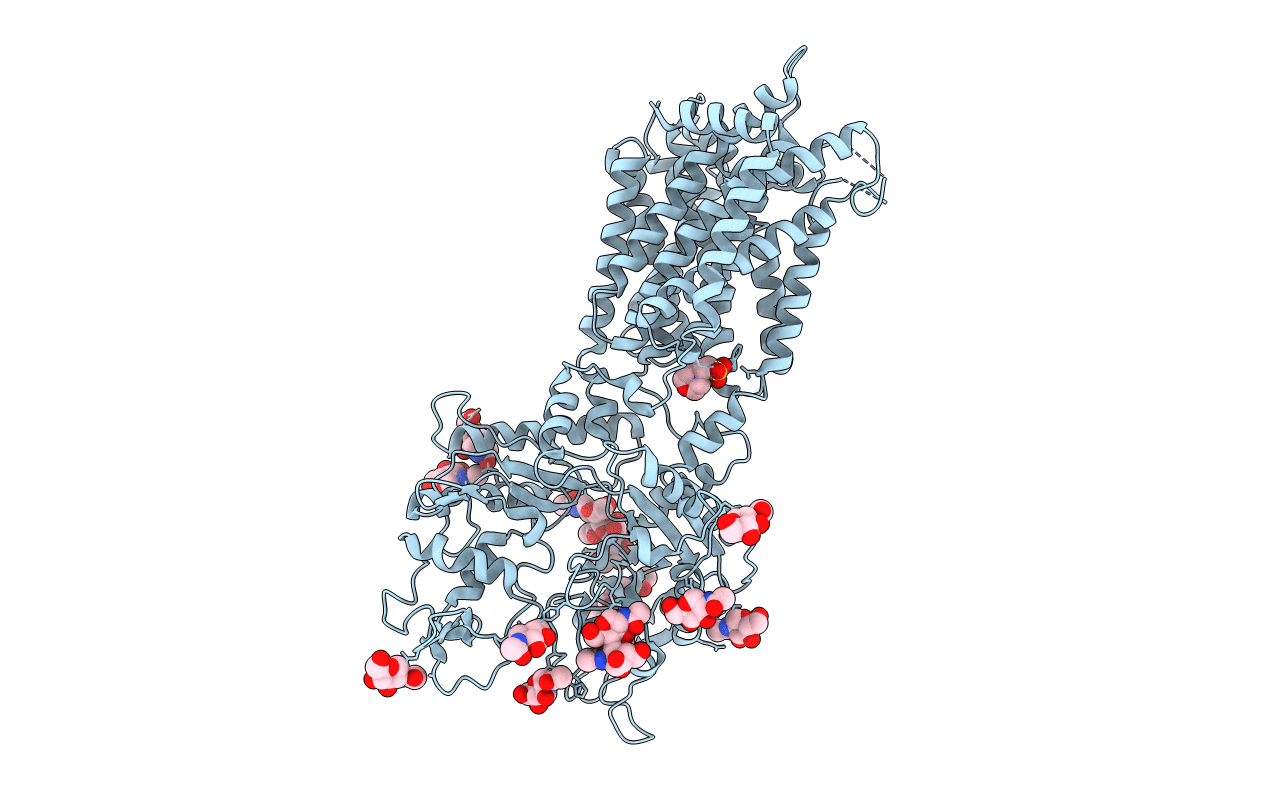
Deposition Date
2016-12-11
Release Date
2017-10-11
Last Version Date
2024-12-25
Method Details:
Experimental Method:
Resolution:
3.34 Å
R-Value Free:
0.29
R-Value Work:
0.24
R-Value Observed:
0.24
Space Group:
C 2 2 21


